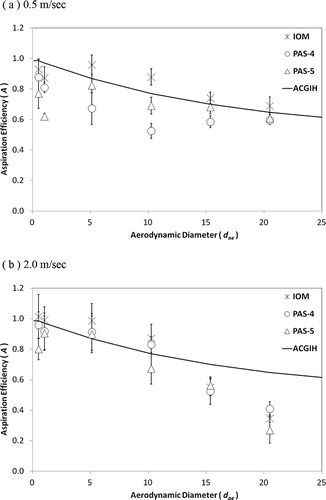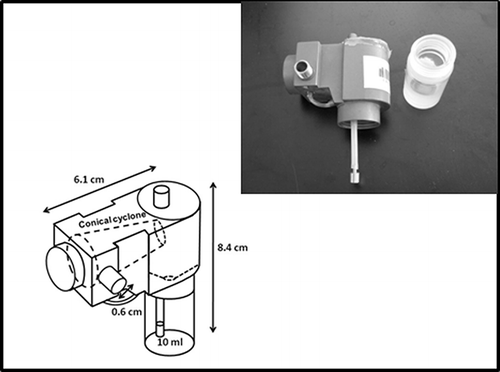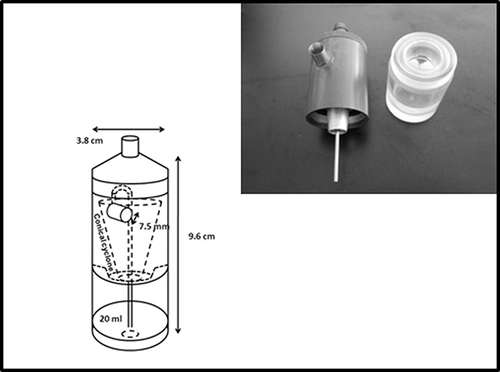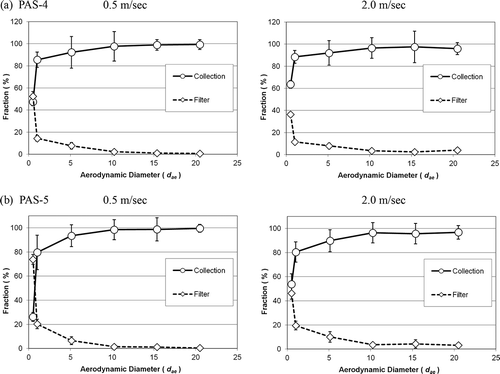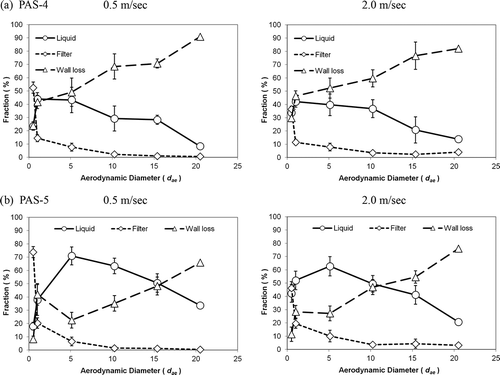Figures & data
Figure 4. The experimental setup of the test personal bioaerosol samplers mounted on an adult manikin in the test chamber of the wind tunnel (manikin 90° to the wind).
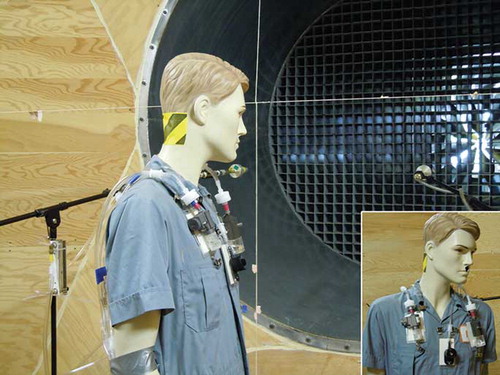
Figure 5. The aspiration efficiency as a function of the aerodynamic diameter of the test aerosols in different sampling orientations with the sampler inlet facing (a) 0° against the wind, (b) 90° to the wind, and (c) 180° to the wind.
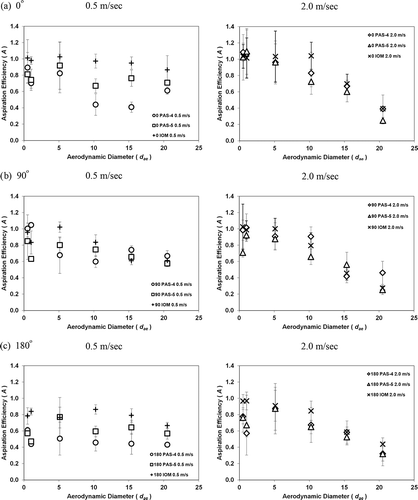
Figure 6. The orientation-averaged aspiration efficiency as a function of the aerodynamic diameter for the two test personal bioaerosol samplers (PAS-4 and PAS-5) and the reference sampler (IOM): (a) U = 0.5 m/sec, and (b) U = 2.0 m/sec. Error bar represents the standard deviation of the mean.
